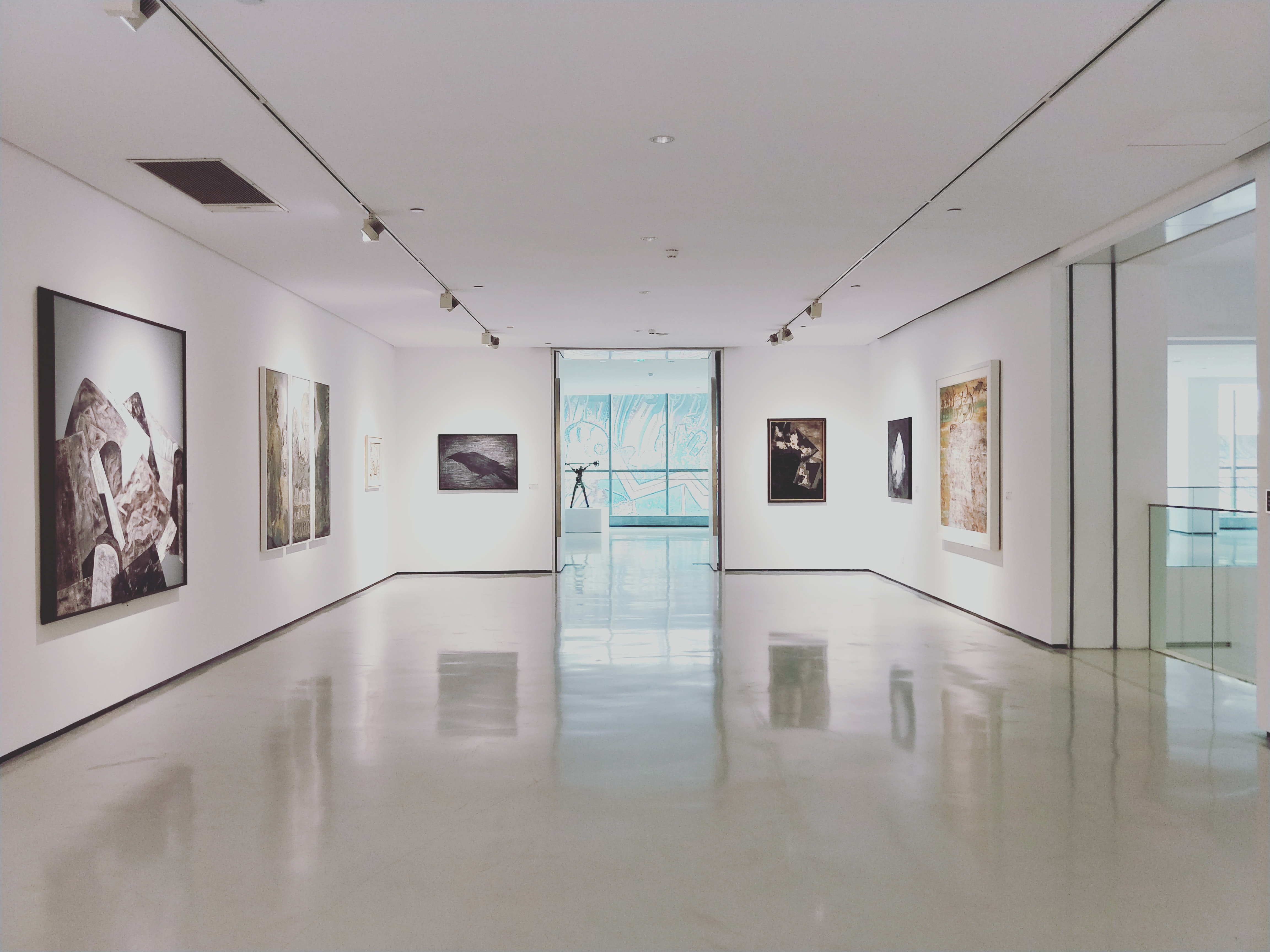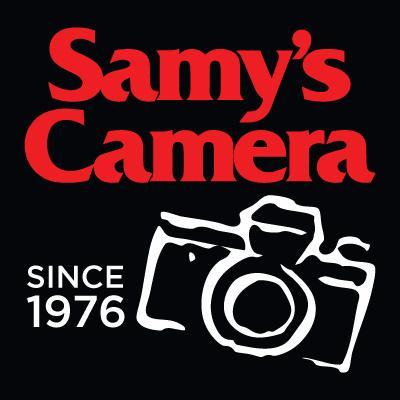A Checklist for Aspiring Photopreneurs
So, you think you’re ready to take the entrepreneurial plunge and sell your art photography?
Selling Photographic Art in the form of finished prints requires an understanding of a variety of marketing channels and classifications. Generally speaking, photographic prints are sold either as Fine Art for their limited and collectable value or as Wall Art for their decorative value.
Fine Art Photography explores many esoteric and innovative themes. It is critically reviewed, exhibited in galleries and museums and the art photographer recognized for their innovative techniques, themes and their ability to advance our understanding of the world at the conscious and subconscious level.
Wall Art Photography explores documentation and narration and is often thought of as ‘truth and beauty photography’ since it does not challenge us as viewers but rewards us through its unique and innovative decorative value. A Fine Art Print might reveal a negative human trait in a unique way which could be ugly, while a beautiful wall art print may present a coastal scene in a peaceful and engaging light with an innovative style.
While we have described some distinct classifications with broad strokes it is important to recognize that many pieces of art photography cross into both of these broad categories so the work of some artists are sometimes thought of as wall art and then later recognized as fine art photography.
In both cases the final product is an unframed numbered and signed print.
Marketing Your Fine Wall Art
For this blog we will concern ourselves with the fundamentals of marketing fine wall art.
There has never been a better time to sell your art, assuming your work can develop an audience. The power of popular ecommerce platforms and social media has opened markets to individual artists that were hard to reach in the past. Success is not instant and for most artists finding an audience will be thousands of shots down the road before your work is consistently in demand. As noted by the blog, Everybody’s National Park, “Ansel himself likened his process to playing piano scales, taking countless unremarkable images in his lifetime in preparation for getting that next shot just right.”
There are a number of factors one must consider before setting up shop online. How will one build a loyal clientele? Which outlet is best for selling prints? And, most importantly, is one’s work marketable?
This is where our checklist comes in handy. Before we jump in, here’s a quick snapshot:
- Is it art?
- Affordable vs Valuable
- Identity Your Niche
- It’s All in the Branding
- Bragging Rights
First, let’s get the tough question out of the way.
But...Is It “Fine Art”, Wall Art, or Just Plain Ol’ Art?
Ah, that age old question - what is art? Well, it’s a bit tricky because photography evolved as an art form. And, with the changing times, another question arises - what makes a photograph fine art or wall art? Wikipedia tells us with three definitions:
- A picture that is produced for sale or display rather than one that is produced in response to a commercial commission.
- Also called "decor photography," or "photo decor," this "involves selling large photos... that can be used as wall art.”
- “The production of images to fulfill the creative vision of a photographer. ... Synonymous with art photography.”
As you can see, there is some conflicting thought.
When it comes to whether or not one’s landscape, macro, portrait, or night photography is art, it’s all in the eye of the beholder. Whether a person considers one’s vision fine art, along with what they are willing to pay for said art, can differ depending who’s being asked.
Value in Art
Ever hear the expression, “another man’s trash is another man’s treasure.” This is what the art world refers to as subjectivity vs objectivity. As noted in a 2019, Medium article titled, Subjectivity and Objectivity in Art, “...as soon as we call something “beautiful”, “ugly”, “valuable”, “worthless, “better” or “worse”, then we are passing a judgement….And in doing that, we cannot help but begin building a criterion for what counts as worthwhile...In this way, subjective responses bleed into the “objective” state of things.”
In short, it’s the individual buyer that places value in one’s art. This makes pricing a difficult and delicate matter, especially if one is just getting started. When setting up shop and listing pricing, first - factor in the following:
- Who is your audience and what do they expect to pay?
- What is art selling for in your market?
- How will you get your art to market? Are you limiting yourself to gallery distribution, using a broker or a showcase such as an art show.
- Do you want to sell your art online with your own website?
These are just a few of the questions you need to consider if you are prospecting for sales in the fine wall art market.
Niche Down
If you think casting a wide net when it comes to photography will attract more business, think again.
Niche marketing is strategically targeting a specific demographic and/or interest. By zeroing in on a specific type of photography, one does three key things:
- Narrow down the competition - reducing the odds of having to vye for the same customers as competing photographers will drastically reduce unnecessary stress (and work).
- Create better reach and visibility - Build one’s online presence while making the right connections - a smaller audience means quality engagements.
- Attracts a focused customer base - these potential clients are actually interested in what one is selling. They may even be very active in online and local groups within the target niche. Therefore, they are more likely to make a purchase.
Stand out by niching down. By working smarter rather than harder, allows one to focus their efforts where it will count most.
Branding, Branding, Branding
Found a photography niche that one is passionate about? Check. Dedicated hundreds of hours into perfecting one’s craft? Check. Scored a notable gig or two? Check. Created a photography brand and established a brand story? Yes, photographers need branding.
Selling one’s work is also selling oneself. Who are you? What have you done? Where is your photography journey taking you? What do you hope to accomplish? What inspired one’s work? These are all questions that one’s brand story should clearly answer both visually with a logo and cohesive design presence, along with a written mission statement. This dynamic branding duo will help increase name recognition, attract new clients, and, most importantly, add value to one’s work.
In case one already had some branding in place, we have something in mind that aims to take your brand to the next level...
Media Kit
We can’t stress the following enough - your social media presence or your website does not erase the need for a media kit. And yes, media kits are still very relevant and remain a powerful self-marketing tool.
In case you are not familiar with media kits, think of them as resumes on steroids or a multi-page version of an about me section on a website. If one has earned some bragging rights, now would be the time to state the following:
- Short biography
- Mission or vision statement
- Previous clients and/or notable partnerships
- Current services offered
- Audience statistics
- Social Media statistics
- Work examples
- Client testimonials
- Link to a website or online portfolio
- Contact information
If budget is a concern, a quick search online will reveal a number of free templates to get this process rolling. For custom work, a media kit made to one’s exact specifications are just a click away on sites like Fiverr or UpWork. Fit all of the above in around 3-7 pages and you’ve got a tool that will generate leads and attract bigger clients.
Final Thoughts
First impressions are everything - especially in the world of fine art. This fact is all the more reason to take the time to build a striking portfolio, establish one’s reputation, and nurture relationships with potential clients. With little self-awareness, the right resources, and this checklist, one is well on their way to closing that first transaction.






